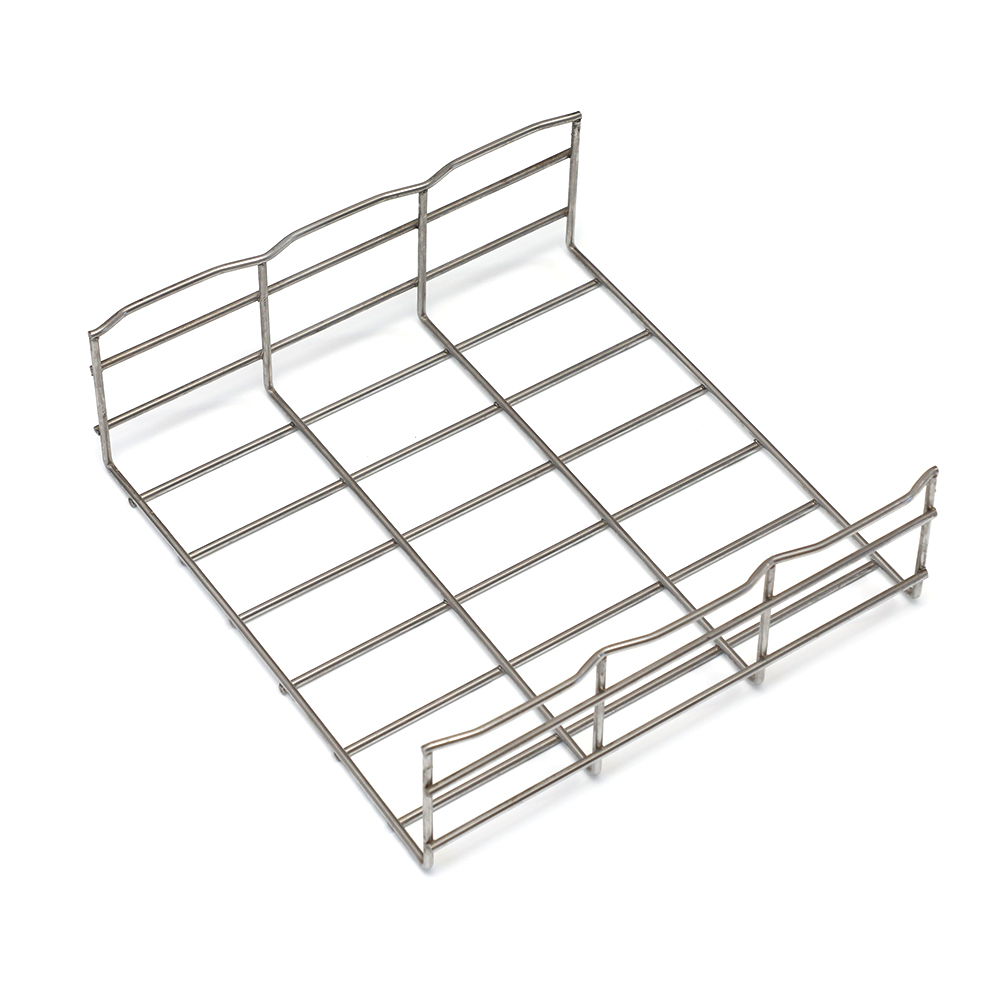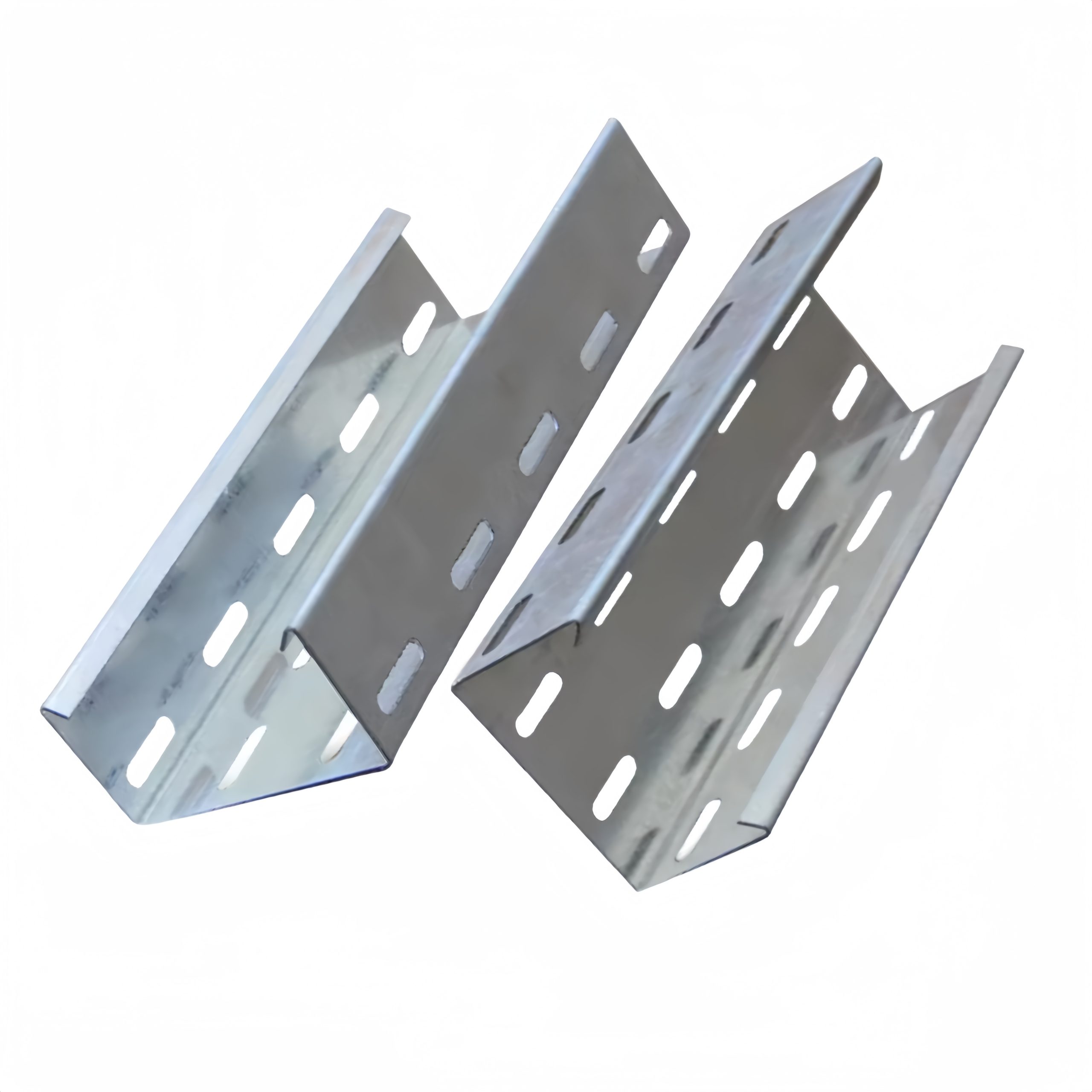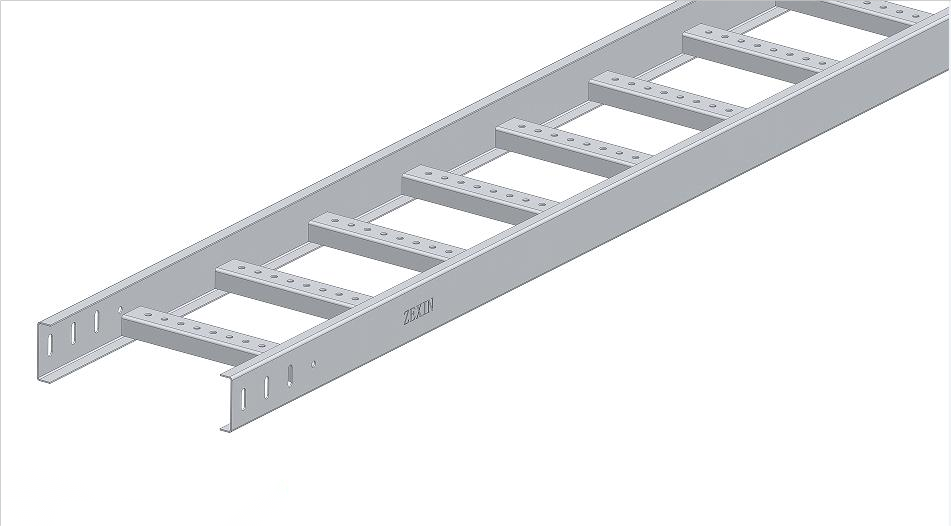Cable trays are an integral part of structured cabling systems in networking and telecommunications infrastructure. They serve as a support system for managing and organizing cables, providing a safe, efficient, and orderly pathway for data, voice, and video communication lines within buildings or across campuses. Cable trays not only contribute to the aesthetics of an installation but also play a crucial role in ensuring the reliability and ease of maintenance of network systems. This article delves into the details of cable trays, their types, advantages, components, installation considerations, and best practices.

Understanding Cable Trays
Cable trays are metal or plastic structures designed to securely hold and guide cables, typically suspended from ceilings or mounted on walls. Unlike conduit systems, which enclose cables in pipes, cable trays are open, allowing for better ventilation and easier access to cables for future additions or changes. They come in various shapes and sizes to accommodate different cable capacities and routing needs.
Types of Cable Trays
1. Ladder Type: Comprises two longitudinal side rails connected by evenly spaced transverse rungs, resembling a ladder. This design is cost-effective and well-suited for light to medium cable loads, offering good ventilation.
2. Solid Bottom or Trough Type: Features a solid bottom surface with side rails, providing complete enclosure for cables. It’s ideal for environments where cable protection from dust, debris, or water drips is necessary.
3. Wire Mesh Type: Consists of a mesh bottom supported by side rails, combining the benefits of ventilation with some physical protection for cables. It’s versatile and commonly used in industrial settings.
4. Channel or Single Rail Type: A narrow, open-faced tray suitable for limited cable quantities or specific routing requirements.
5. Basket Type: Similar to wire mesh but with larger openings, offering high flexibility and cable capacity. It’s easy to add or remove cables.

Advantages of Using Cable Trays
1. Ease of Installation and Maintenance: Cables can be easily added, removed, or rearranged without disrupting the entire network, facilitating quick modifications and troubleshooting.
2. Improved Cable Protection: By keeping cables off the ground and organized, they are less likely to suffer damage from environmental factors or accidental impacts.
3. Enhanced Airflow and Cooling: Open designs promote natural cooling, reducing the risk of overheating, especially for high-density cable installations.
4. Aesthetics: Cable trays help maintain a clean and professional appearance in offices and public areas by concealing cables.
Components and Accessories
Tray Sections: The main body of the tray that comes in standard lengths and can be cut to size.
Bends and Elbows: Used to change the direction of cable runs.
Crosses and Tees: Junction pieces for merging or splitting cable paths.
End Caps and Covers: Provide closure at tray ends or additional cable protection where needed.
Cable Ties and Clamps: Secure cables within the tray to prevent sagging or movement.
Fasteners and Supports: Mounting hardware to attach trays to structures.

Installation Considerations
1. Load Capacity: Ensure the tray selected can support the combined weight of all installed cables, including future additions.
2. Cable Separation: Maintain proper separation between power cables and data/communication cables to avoid electromagnetic interference (EMI).
3. Bending Radius: Respect the minimum bending radius for cables to avoid damaging them during installation.
4. Environmental Factors: Consider humidity, temperature, and exposure to chemicals when selecting tray materials.
5. Code Compliance: Adhere to local electrical codes and industry standards (e.g., National Electric Code, TIA/EIA-569) for cable tray installations.
Best Practices
Proper Planning: Lay out cable tray routes before installation to optimize cable paths and minimize bends.
Labeling and Documentation: Clearly label cables and document the tray layout for easy identification and future maintenance.
Regular Inspections: Conduct periodic checks for cable condition, tray integrity, and any signs of damage or wear.
Grounding and Bonding: Ensure all cable trays are properly grounded and bonded to prevent electrical hazards.
In conclusion, cable trays are a fundamental component of modern networking infrastructure, offering a structured approach to cable management that enhances safety, efficiency, and scalability. By understanding the types, advantages, and best practices associated with cable tray installations, network administrators and installers can make informed decisions to support the evolving needs of their communication systems.

